7 Tribes that still live a nomadic life, whose traditions and rituals will only make your mind go numb.
At the age of automation, where we talk about artificial intelligence and self-driven automatic cars, it is hard to believe that there still exist tribes in the deepest corners of the world that live a remote life, away from modernization. Small groups of people, these tribes still follow ancient customs, traditions and dressing, that you could only imagine. Take a closer look into the lives of these indigenous tribes hailing from the different parts of the world.
Dogon Tribe – West Africa
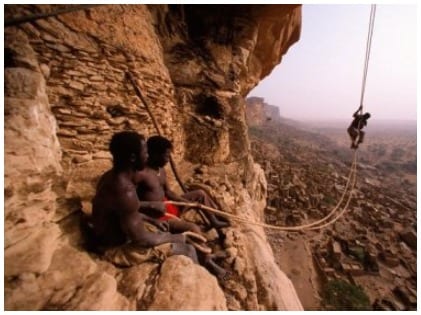
Located in Mali, West Africa the men in the Dogon tribe are known for scaling the dreadful Bandiagara Cliffs for collecting bat or pigeon guano, a fertilizer which is later sold in the market. The climbers also collect Tellem artifacts from the cliffs which are sold to the interested Western Art collectors in dollars. The tribe has only 40,000 people who live in 700 small villages which are located along the 200 km long cliffs or steep slopes.
Huli Wigmen Tribe – Papua New Guinea
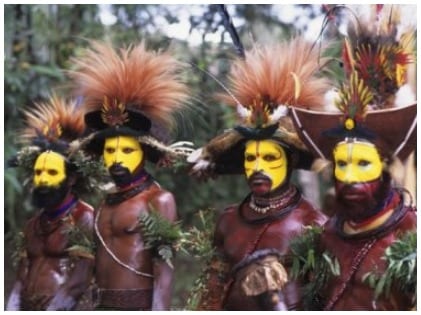
Living in the Tari Highlands in Papua New Guinea, the Huli Wigmen tribe are known for wearing huge hats made from their own hair. The men in the tribe harvest their manes for making these incredible hats or to sell it off to others in the tribe. They paint their face yellow and wear a traditional apron made from leaves with a belt made from pigtails and hold a clawed axe to tower over their rival tribes. All geared up in their traditional attire, the men perform the traditional bird dance mimicking the beautiful birds found on their small island.
Chimbu skeleton Dancers Tribe – Papua New Guinea
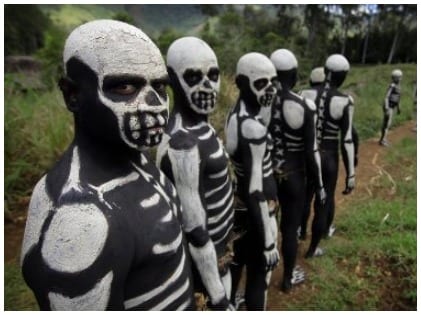
Living in the Chimbu Province of Papua New Guinea, this tribe’s skeleton dance is quite famous across the world. The men paint themselves like a skeleton to intimidate their enemy tribes in the territorial country. The tribe lives a very remote life that not much is known about their life. The Chimbu tribe lives in the high mountain valleys located between 1600 to 24,00 m in simple male and female segregated mud homes.
Nenet Tribe – Siberia
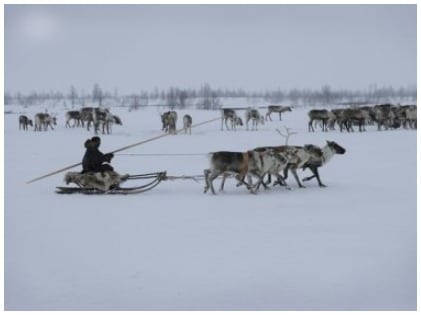
A group just 10,000 nomads, the Nenet tribe lives in the Yamal Peninsula of Siberia. They migrate with their 300,000 reindeers for 1,100 km area at a temperature of minus 50 degree Celcius. The Nenet people travel on reindeer sledges that are smeared with the fresh blood of reindeers that stretch as long as 8 km. It was only after the discovery of oil and gas reserves in Siberia that the tribe slowly started to adapt to the outside world.
Kazakh Golden Eagle Hunters – Kazakhistan
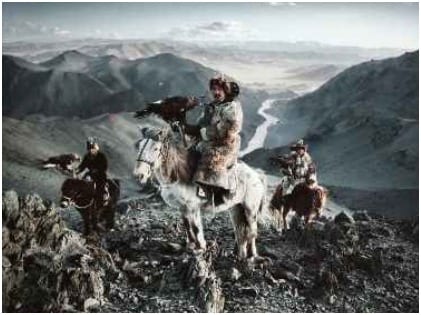
The Kazakh Golden Eagle hunters live a semi-nomadic life on the Altai Mountains of Mongolia since the 19th century. They use eagles to hunt wolves, marmots, foxes and later wear their furs. Buys as young as 13 year old learn to hunt and carry the weight of the beautiful golden eagle. The tribe of 100,000 people, today has only 250 eagle hunters.
Himba Herders – Namibia
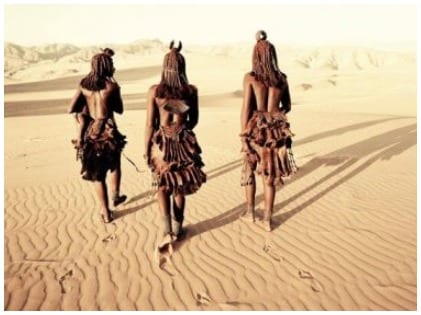
The Himba tribe are migratory and live in the northwest areas of Namibia and some parts of Southern Angola. The tribe when living a stationary life, live inside small mud and dung houses that look like tipi-shaped structures. One of the most unique features about the tribe is that they keep an ancestral fire burning all day and night as a homage to God Mukuru. The wealth of a family in the tribe is measured in the number of cattle’s they own. A large part of their diet includes goat.
Asaro Mud Men – Papua New Guinea
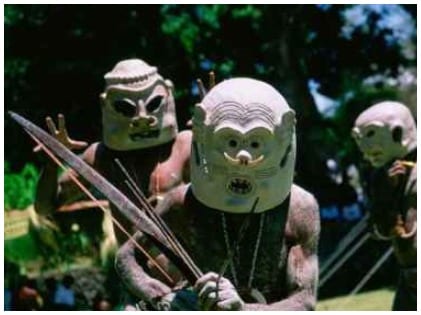
Covered in mud and wearing masks , the Asaro tribe of Papua New Guinea lives a scattered life. They dress up and wear mud all over their body to resemble spirits and terrify their rival tribes. The tribe is isolated on the highland plateau by the harsh terrain and were discovered by the outside world only 75 years ago.





